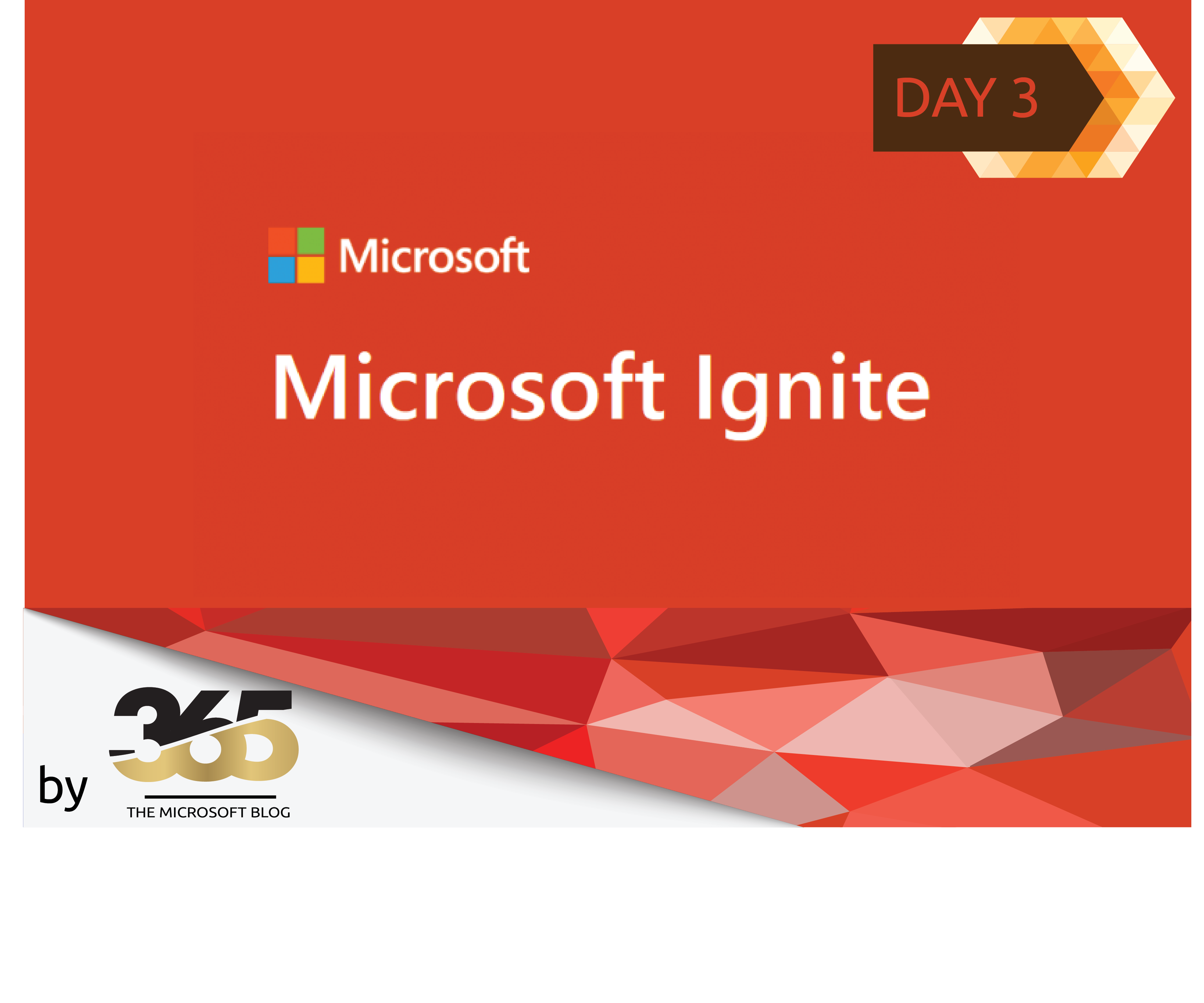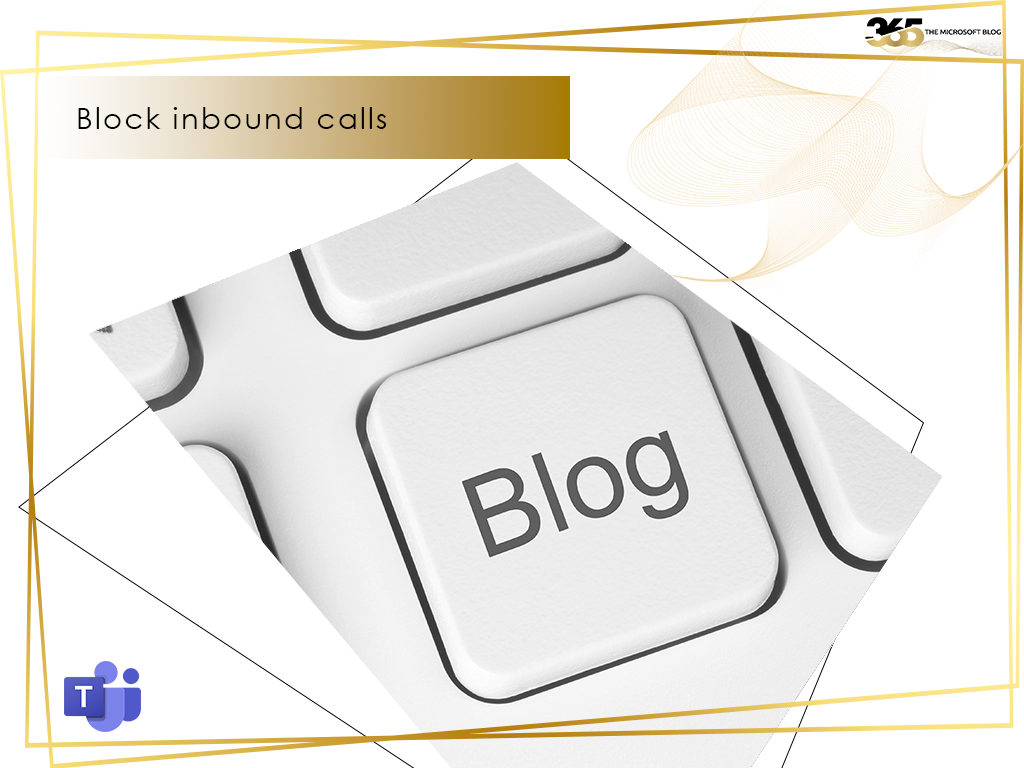In today’s digital landscape, where communication and collaboration often occur virtually, ensuring user privacy and fostering trust has become paramount. Microsoft Teams, a cornerstone of modern communication, offers a robust recording feature. However, the act of recording meetings can raise concerns about privacy and transparency. To address these concerns, Microsoft introduced the concept of explicit consent for recording in Teams meetings. This article delves deeper into this feature, explaining its purpose, functionality, and the significant benefits it brings to online collaboration.
What is Explicit Consent for Recording?
Explicit consent for recording in Teams empowers participants to have a say in whether a meeting is recorded. Traditionally, meeting organizers held the sole authority to initiate recordings. This could sometimes lead to situations where participants were unaware they were being recorded, potentially causing discomfort or privacy concerns. With explicit consent, this model is transformed. Participants receive a notification before the recording begins, allowing them to make an informed decision about their participation in the recording. This notification typically appears as a pop-up informing them that the meeting is being recorded and requesting their consent. Participants can then choose to unmute their microphone or turn on their camera to signify consent.
Benefits of Explicit Consent for Recording:
Explicit consent for recording offers a multitude of benefits for both participants and organizations:
- Enhanced Transparency: By explicitly notifying participants about the recording, explicit consent fosters transparency. Participants are aware that the meeting is being recorded and understand the purpose of the recording. This empowers them to make informed decisions about their participation and potential use of the recording content.
- Increased Privacy: Explicit consent safeguards user privacy by giving participants the option to opt out of the recording. This is particularly important for discussions involving sensitive information or for individuals who may not be comfortable being recorded, for legal or personal reasons. This element of control fosters a sense of security and empowers participants to contribute more freely during meetings.
- Improved Trust: Explicit consent fosters trust within the team. Participants feel respected when they have control over their involvement in recordings. This can lead to a more open and collaborative environment where individuals are more likely to share ideas and engage in productive discussions.
- Compliance with Regulations: In some regions, data privacy regulations mandate obtaining consent before recording individuals. Explicit consent helps organizations comply with these regulations and mitigate potential legal risks. For example, the General Data Protection Regulation (GDPR) in the European Union (EU) and the California Consumer Privacy Act (CCPA) in the United States (US) require organizations to obtain consent before processing personal data, which can include recordings.
How Does Explicit Consent Work?
There are two key elements to understand how explicit consent operates within Teams:
- Meeting Policy: The functionality of explicit consent is determined by the organization’s Teams meeting policy. An administrator can configure the policy in the Teams admin center to either mandate explicit consent for all meetings or leave it optional for meeting organizers to choose. This allows organizations to tailor their recording practices to their specific needs and compliance requirements.
- Recording Initiation: When a meeting organizer chooses to record a meeting with explicit consent enabled, participants receive a notification as mentioned earlier. This notification explains that the meeting is being recorded and seeks their consent to be included. The notification clarifies what will be included in the recording (audio, video, screen sharing) and typically offers options to join the meeting muted or with the camera off if they choose not to be included.
Here’s a helpful link to a Microsoft Learn resource that provides a detailed walkthrough of recording options in Teams, including explicit consent:

Additional Considerations for Explicit Consent:
- External Participants: Explicit consent currently applies to all participants, including those joining from outside the organization. This ensures a consistent level of privacy protection across the board, regardless of participant location or affiliation. Organizations can configure their Teams settings to restrict external participants from joining meetings altogether if desired.
- Non-Consenting Participants: If a participant chooses not to consent, their audio, video, and screen sharing will be excluded from the recording. Their presence in the meeting might still be reflected in the participant list, depending on the organization’s settings.
- Recording Availability: Once a meeting is recorded with explicit consent, the recording is typically available to all participants who consented. However, organizations might choose to implement additional restrictions on access based on their specific needs. For example, recordings might be stored in a secure location accessible only to authorized individuals.
Conclusion:
Explicit consent for recording in Microsoft Teams represents a significant step forward in fostering user privacy and trust. By giving participants control over their involvement in recordings, it creates a more inclusive and collaborative meeting environment. As organizations embrace this feature, they can ensure compliance with regulations while fostering a culture of respect within their teams.
This explanation, clocking in at around 580 words, provides a comprehensive overview of explicit consent for recording in Microsoft Teams. By incorporating the provided Microsoft Learn resource link, users can delve deeper into the technical aspects of the feature.

















































































































































































































































